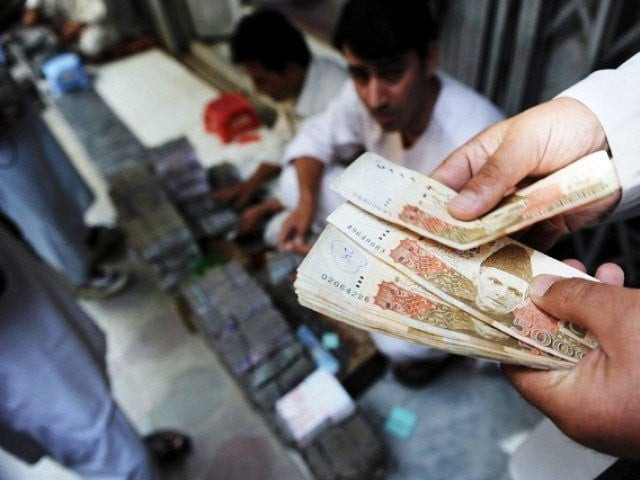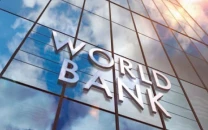Govt to take domestic debt to Rs5.33tr
Experts warn of unsustainability amid mounting debt crisis, shrinking revenue

The government plans to accumulate domestic debt by Rs5.33 trillion over the next three months, burdening the nation with higher inflation and the challenge of repaying the debt. This situation is exacerbated by the absence of a large number of wealthy individuals from the taxpayers list.
According to State Bank of Pakistan’s (SBP) data, the government will partially utilise the planned borrowing to repay maturing old debt, amounting to Rs2.59 trillion during May-July 2024, potentially adding a net Rs2.69 trillion in total debt and liabilities during this period. To put this in perspective, total debt and liabilities surged by a staggering Rs8.42 trillion (11.62%) in the first nine months of the current fiscal year, reaching a record high of Rs80.86 trillion in March 2024.
Speaking to The Express Tribune, Muhammad Awais Ashraf, Director of Akseer Research, highlighted that higher interest payments against the mounting debt are the primary reason behind the potential net addition to the total debt. Government borrowing typically spikes in the last quarter (April-June) of the fiscal year, as it needs to settle most payments before the year’s end, such as subsidy payments and outstanding dues.
In its last Monthly Economic Update and Outlook in April 2024, the Ministry of Finance reported that markup payments increased by 59% in the first eight months, leading to a widening fiscal deficit to 3% of GDP in July-February FY24, compared to 2.8% of GDP last year. Interest payments have skyrocketed due to the prevailing record-high key policy rate (interest rate) of 22% over the past 10 months, with the central bank raising the rate by a cumulative 15 percentage points in three years (September 2021 to June 2023). According to financial experts, a one-percentage-point increase in the rate surges interest payments by around Rs250 billion a year.
A recent report by the central bank suggests that increased disbursement of power subsidies, grants for the settlement of contingent liabilities pertaining to PSEs (Public Sector Enterprises), and higher expenses for running the civil government, defence, and pensions remain some of the leading expenditures at the government-end.
Despite the tight fiscal position this year, the government, under Prime Minister Shehbaz Sharif, granted four salaries to officers working in the prime minister’s office. This higher expenditure is likely to prompt the government to impose new taxes in the upcoming budget 2024-25 and secure a new loan programme from the IMF, further burdening the common man with taxes and elevated inflation rates.
Ashraf explained that the low collection of revenue in taxes and higher expenditures force the government to bridge the financing gap through borrowings. Pakistan’s tax-to-GDP ratio has remained low at 9%, one of the lowest in the region and among peer countries. It must be increased to around 13-14% to lower reliance on debt.
However, a large number of individuals, such as landlords, avoid paying due taxes, and authorities’ efforts to bring them into the tax net often yield no results. Instead, authorities burden businesses already paying heavy taxes, like industries, with additional taxes.
When asked about the increase in revenue collection, which has risen by 30% so far in the current fiscal year, Ashraf attributed it mostly to elevated inflation at 25% on average. The real addition of revenue in taxes, however, remains insignificant.
Published in The Express Tribune, May 19th, 2024.
Like Business on Facebook, follow @TribuneBiz on Twitter to stay informed and join in the conversation.



















COMMENTS
Comments are moderated and generally will be posted if they are on-topic and not abusive.
For more information, please see our Comments FAQ